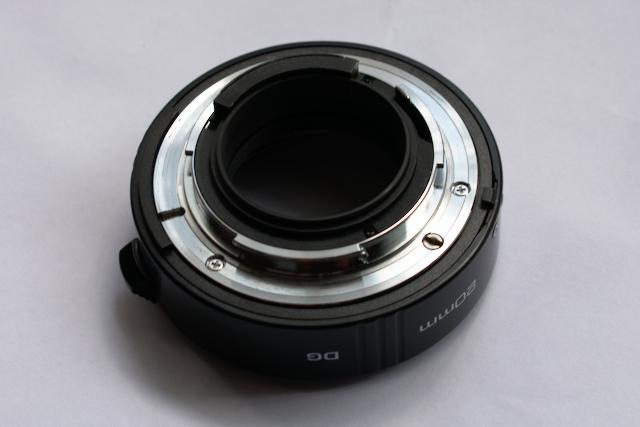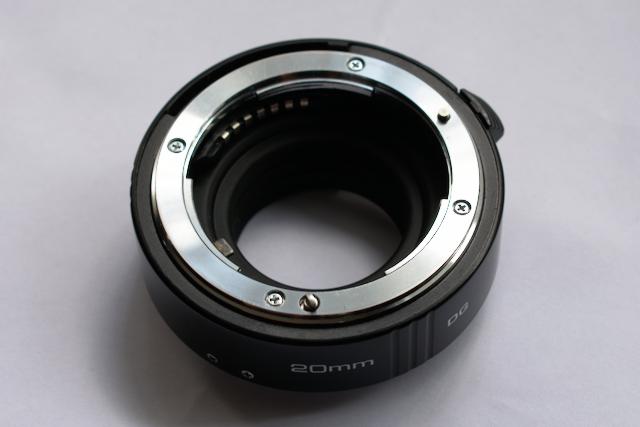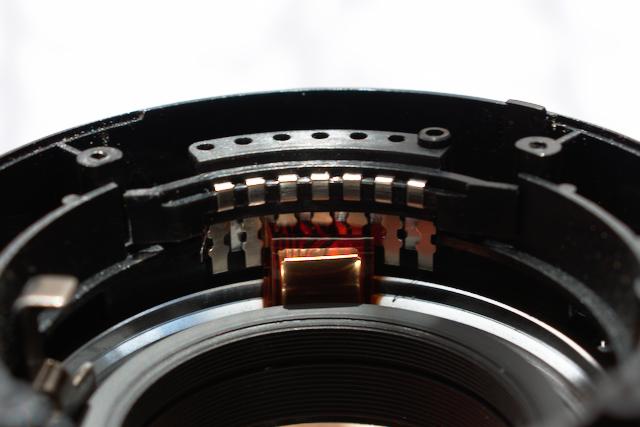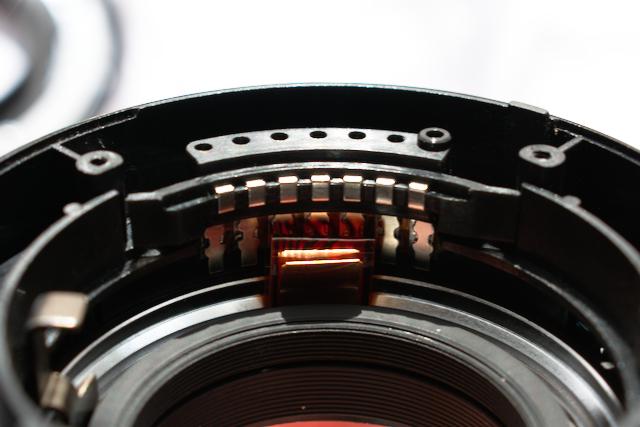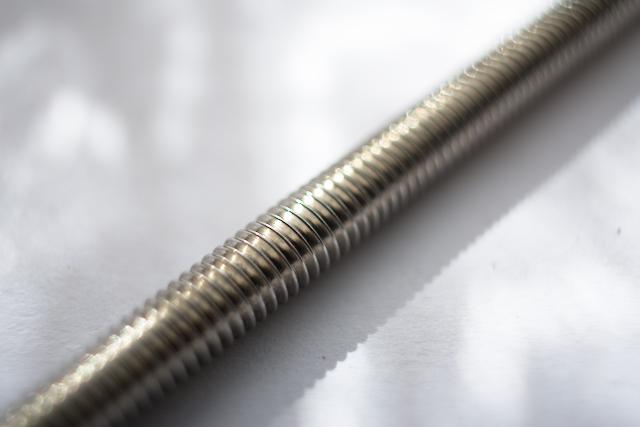Repairing Kenko Extension Tubes
I recently bought a 3-set of Kenko DG extension tubes second hand from a local photography store in fair condition. The set includes a 12, 20, and 36 mm tube, and I had a lot of fun playing with them when I first got them. However, I noticed that one of the tubes didn't let the motors drive on Nikkor DX lenses I have.
This spells a problem for any Nikkor G lenses, since these have no "proper" focus ring, instead relying on a "soft" ring, i.e. a ring connected to a rotary encoder which asks some smarts (in the lens? in the body?) to move the focusing elements with a motor. In order to use the 20 mm tube with my G lenses, I eventually decided to fix this tube.
I had a look at the continuity of of the contacts through the tube with a multimeter and found all of the contacts on the 20 mm ring to be open between each end of the tube. The 36 mm tube checked out fine, while the 12 mm had one open contact (on the read/write pin), however only the 20 mm showed issues.
I first tackled the 20 mm, documented in this article, only needed to re-seat the contact block on the 12 mm for all 7 contacts to be correct.
Opening up for camera-end contact access
To save readers time if they came here looking for instructions on how to take these tubes apart, here is a description of what needs doing to access the problem contacts.
- Remove the four screws on the metal interface at the camera end of the tube.
- Carefully remove the metal interface ring. There are small, weak springs behind it for grounding, for the locking pin, and for the autofocus spindle.
- Carefully prise the outer black plate that was just behind the first metal ring. It should take no force—it'd almost fall out if the tube inverted.
- Remove (by gently lifting):
- the spring in the ground contact
- the spring electrically connecting the interfaces on each end of the tube
- the lock/release pin and handle
- the autofocus spindle
- Invert the tube and remove the screw from the metal interface ring, closest to the electrical contacts.
- Invert the tube again and remove the two screws holding the block of electrical contacts in.
The repair
In my case, the 20 mm ring had a problem clearly visible. As usual, Kenko have designed these tubes to be modular and quick to manufacture. A polyimide PCB takes the signals from a contact block on one end, through the extension tube, and out to the block of contacts on the other end of the tube. At the camera end of the flex PCB, a set of rigid contacts meet exposed tin plated pads on the PCB. I'm unsure of the interface between the sprung ball contacts and the PCB at the lens end of the tube, but I imagine it's similar.
In the case of my dead tube, the series of pads on the polyimide PCB had been stuck down to the tube body with very poor alignment.
I was able to very carefully use fine tweezers to pull this up, realign it, and stick it back down using the same adhesive strip.
After gently reassembling the tube, I checked continuity with a multimeter and found all contacts working now. Mounted in between a Nikon D3400 and a Nikkor G lens, focusing now worked. Hooray!
Here is a photo of standard M5 threaded rod taken through the tube I repaired to celebrate. Taken on a Nikon D3400 at ISO100, 27 mm, f/4, 1/250 s, with 20mm extension.
